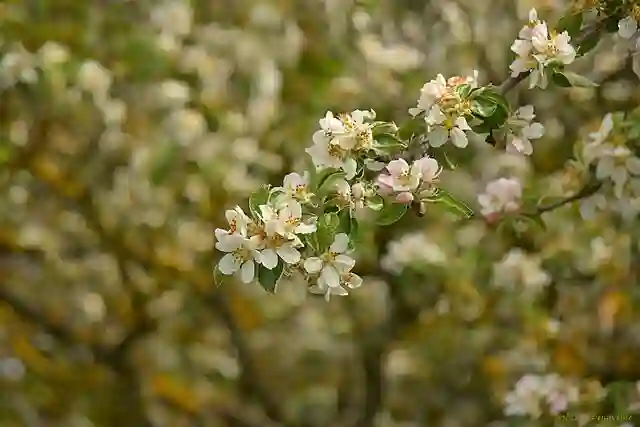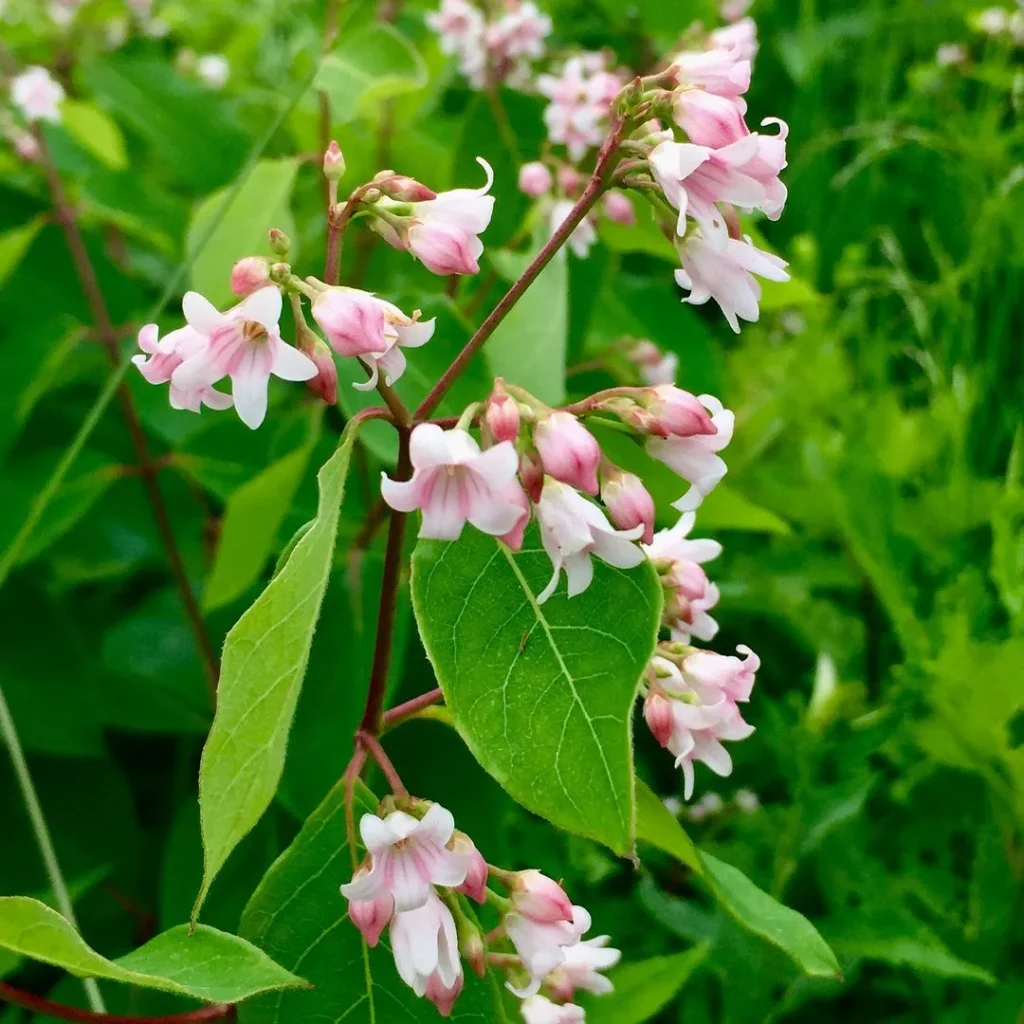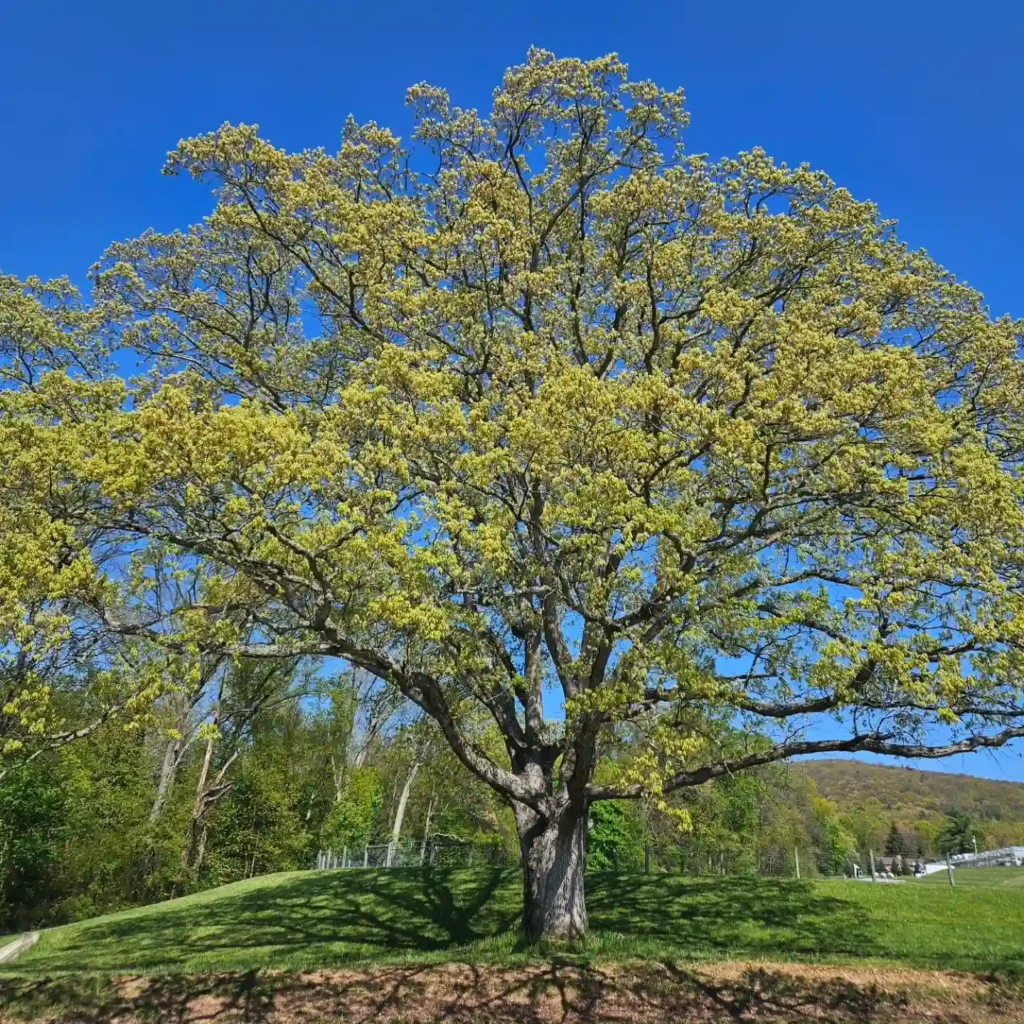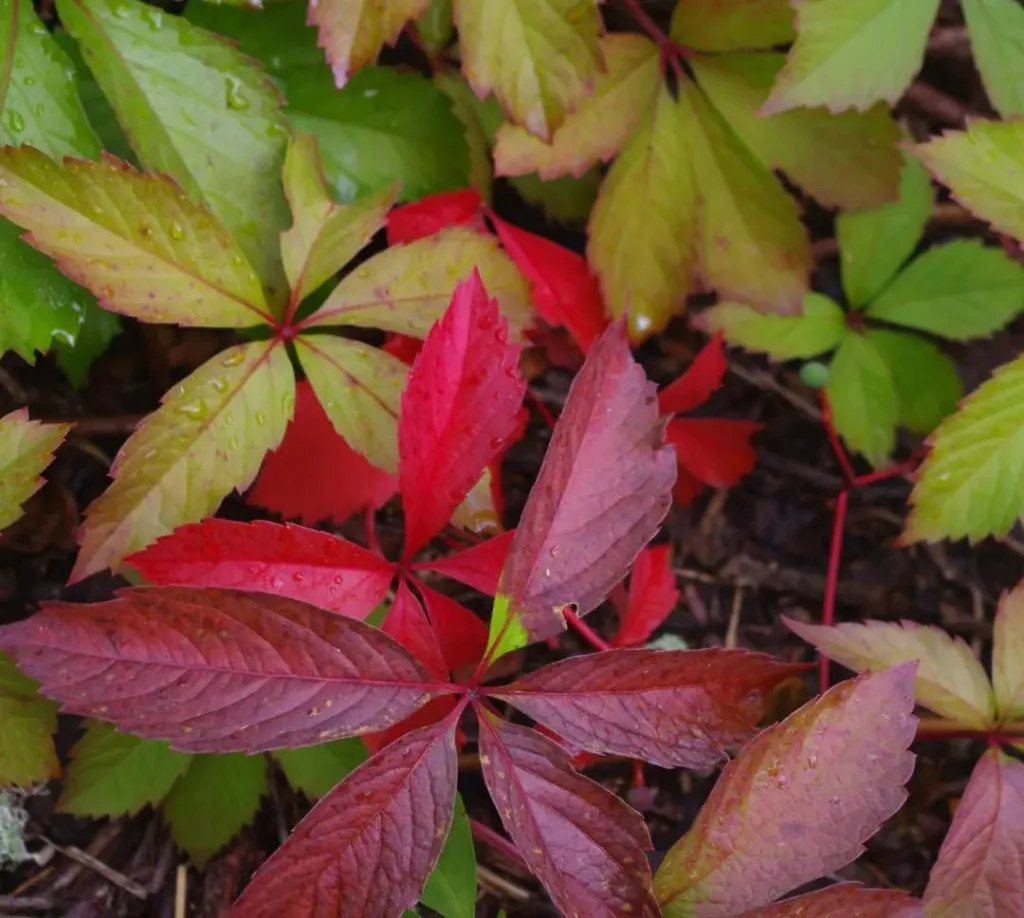Exploring the Hydroleaceae Family: My Take on the Unique Aquatic Plant Family
The Hydroleaceae family might not be the most talked about group of plants, but it holds a unique spot in the plant world, particularly because of its connection to aquatic environments. As someone who loves diving into plant species with interesting characteristics, the Hydroleaceae family caught my attention, especially its standout genus, Hydrolea. In this piece, I’ll share what I’ve learned and my personal take on these plants.
Hydroleaceae: A Small But Fascinating Family
The Hydroleaceae family is relatively small and underrepresented, especially compared to some of the flashier or more popular plant families. It consists of a few genera, with Hydrolea being the most prominent. Hydroleaceae plants are usually found in watery habitats, which makes them stand out, especially for people like me who are always fascinated by plants adapted to unique environments.
These plants are typically found in wetlands, ponds, or near streams, and their natural habitat gives them a charm that’s hard to overlook. Their ability to thrive in water-logged conditions is what originally piqued my interest. Not every plant has the ability to survive in these conditions, and that’s something that makes the Hydroleaceae family even more compelling for me as an enthusiast of distinctive plant families.
The Hydrolea Genus: The Main Attraction
The Hydrolea genus is definitely the star of the Hydroleaceae family. What I find particularly interesting about Hydrolea plants is their balance between delicacy and resilience. These plants, typically herbaceous perennials, are well adapted to wet conditions but can also endure periodic dry spells. This adaptability is impressive and something I appreciate as I explore various plant species with a similar ability to thrive in different environments.
Most species in the Hydrolea genus are characterized by blue flowers, which is quite a visual treat. The flowers of Hydrolea spinosa, for example, offer a striking shade of blue that stands out in any garden or natural habitat. That color, combined with the plant’s ability to grow in tough wetland conditions, makes Hydrolea a plant worth considering for anyone looking to add a unique aquatic or semi-aquatic plant to their collection.
In my experience, Hydrolea plants don’t get the recognition they deserve in mainstream horticulture. While plants like water lilies or lotuses dominate the conversation around aquatic plants, Hydrolea plants hold their own in terms of beauty and resilience. They’re perfect for those seeking something off the beaten path, and that’s precisely why I’ve grown fond of them.
Hydrolea and Aquatic Gardening
If you’re someone who enjoys cultivating plants in aquatic gardens, Hydrolea plants can be a perfect addition. They’re relatively low-maintenance once established, especially if planted in an environment that mimics their natural habitat—think shallow water or areas that are regularly moist. Personally, I’ve found that Hydrolea species perform well in areas that have a water table near the surface, making them a great fit for wetland-inspired garden designs.
However, like any plant, they do have some needs. Hydrolea species require a lot of sunlight, and they perform best when placed in full sun or partial shade. Their water requirements make them unsuitable for drier areas unless you can ensure they remain hydrated. But given the right environment, they’ll thrive and become an eye-catching part of your garden.
Adaptations to Wetlands: Why I Love Hydroleaceae
One of the reasons I’m so drawn to the Hydroleaceae family is its plant’s ability to adapt to wetland ecosystems. Wetland plants fascinate me because they often have features and adaptations that are rare in other plant families. For instance, Hydrolea plants are specially adapted to survive in water-saturated environments. They possess aerenchyma tissue, which allows them to transport oxygen to submerged parts of the plant, ensuring survival in low-oxygen environments typical of wetlands.
This feature is not only biologically interesting but also gives Hydrolea plants a sense of durability that I admire. Their ability to withstand flooding and thrive in areas where other plants might struggle is a testament to their evolutionary success.
Conclusion: Hydroleaceae Deserves More Attention
When I think about the Hydroleaceae family and the Hydrolea genus specifically, I’m reminded of how much there is to explore in the world of plants. It’s easy to get caught up in the more famous families like Orchidaceae or Asteraceae, but families like Hydroleaceae offer a different kind of beauty—one that lies in their adaptations and niche habitats.
For me, Hydrolea plants bring a sense of wonder and uniqueness to aquatic gardening. They may not be as common as other plants, but that’s part of what makes them special. If you’re looking to add something different to your plant collection, or simply appreciate plants that thrive in challenging conditions, I highly recommend giving the Hydroleaceae family a closer look. It’s a family full of surprises, and the Hydrolea genus in particular offers a lot of beauty and resilience for any gardener or plant lover like me.
If i die, water my plants!



